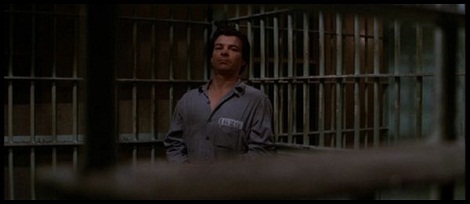
ASSAULT ON PRECINCT 13, John Carpenter’s first major feature credit as director, is the first true expression of Carpenter’s individualistic style and worldview. (I say this with respect to fans of DARK STAR, a movie which was more of a collaboration — with Dan O’Bannon, an auteur of horror and science-fiction in his own right.)
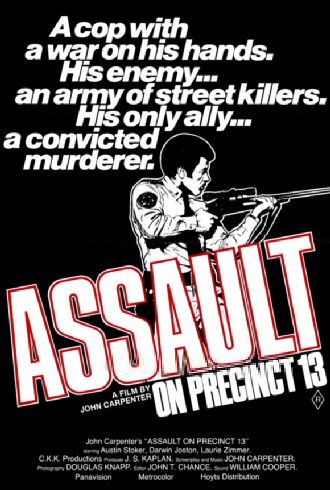
Carpenter wrote, directed, edited, and scored ASSAULT ON PRECINCT 13. Virtually all of his best-known and best-regarded works have seen him acting in two or more of these capacities. ASSAULT ON PRECINCT 13 is often underrated and overshadowed due to the massive success and influence of Carpenter’s next movie, HALLOWEEN, but it’s a significant film in its own right – ballsy, brutal, and still ridiculously entertaining.
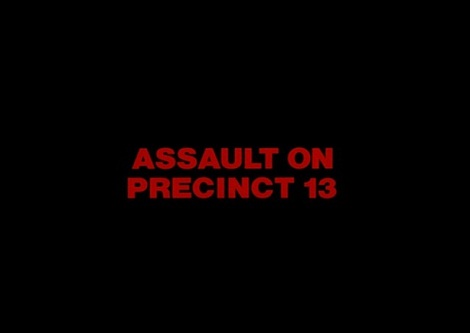
The movie begins with a minimalist credit sequence — red titles on a black screen, with Carpenter’s own electronic score emerging out from the darkness. The second that score kicks in, you’re on notice that you’ve entered the neighborhood of a movie with its own distinctively eerie vibe. It’s a horror-movie score, which is striking because on paper, ASSAULT ON PRECINCT 13 is an urban crime film, a cops-and-crooks-with-guns action-thriller. At the time, these kinds of movies starred the likes of Clint Eastwood and Richard Roundtree and Charles Bronson — the music was more upbeat and stirring, done either by composers like Lalo Schifrin and Jerry Fielding, or by R&B artists in the blaxploitation genre. From the title sequence on down, you’re getting the news from your ears even before your eyes and your brain — this movie is different.

The story starts in with a very deliberate pace. Carpenter has since suggested that maybe the pacing is too deliberate, that maybe he’d move things along quicker if he had it to do over again. I think it works very nicely as it is. We actually start with the villains, a Los Angeles street gang who lose some members in a police raid and swear revenge in a blood oath. The gang are unusual for two reasons — one, they are a pan-racial gang, which is standard business for Hollywood, but rarely acknowledged directly since it’s generally done as a capitulation to political-correctness and we all know how reality is uglier. But the police band in this movie makes specific mention of the multi-cultural make-up of the gang. This is underlined as an unusual alliance. It’s almost supernatural; these criminals are united in some unspoken murderous impulse.
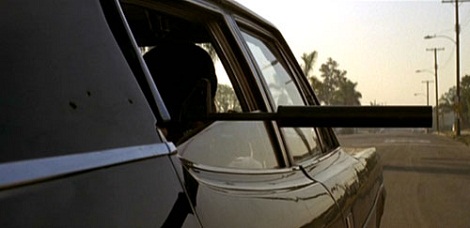
The other, more crucial distinction is that these gang members are entirely without dialogue, almost entirely without individualization or distinctive character. They are amoral automatons, silent killers, precursors of the Michael Myers character in HALLOWEEN. Once their motive for revenge is set, there is no reasoning with them, no dissuading them. They keep coming, in a manner beyond any rational or even irrational behavior.
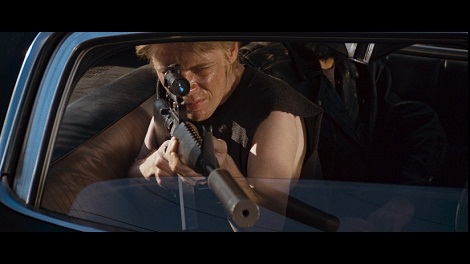
The main plot kicks in when a suburban father and his young daughter stop in a bad neighborhood. The dad goes to make a phone call, and the little girl wanders over to an ice cream truck nearby. Wrong place, wrong time. The gang drives past the truck, down the street, seemingly disappearing over the horizon. But just when all seems clear, they show up, almost supernaturally, beside the truck. Their business is with the truck driver, but the little girl decides to make herself known at just the wrong moment.

It’s still shocking today, since no matter how nasty that American movie violence can get, little kids are almost always spared from the carnage. This is probably the movie’s most infamous moment, and its post-script is equally haunting when you find out that the little girl grew up to be a reality-TV star. It’s a true-life turn of events that only helps to validate the movie’s unsentimental world view.

So now: Driven mad by the sight of his little girl lying dead, the father grabs a gun and shoots down one of the gang members. He runs off, and they give chase. The father finally seeks refuge at the nearest police precinct, although he goes into shock and is unable to relate the events that brought him there. The precinct is no safe haven, however, as it’s set to be shut down and is only manned by a skeleton crew, led by Ethan Bishop (Austin Stoker, a man with sufficient amounts of cool to be able to play Pam Grier’s love interest in SHEBA, BABY).
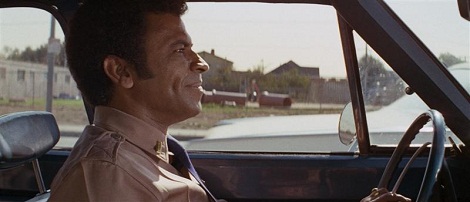
Complicating matters is the fact that a prison bus bearing a handful of convincts has stopped overnight at the precinct, due to one of them being deathly ill. So when the silent armies of vicious gang members descend upon the embattled precinct, Bishop has no choice but to enlist the craftiest of the convicts, Napoleon Wilson (Darwin Joston) to help fight them off.
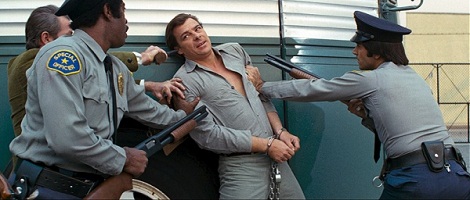
Much has been made of the general knowledge that ASSAULT ON PRECINCT 13 is a blended cocktail of Howard Hawks’ RIO BRAVO and George Romero’s NIGHT OF THE LIVING DEAD. It would be apparent even if Carpenter hadn’t made it so explicit — both by confirming it, and by crediting himself as “John T. Chance” as the film’s editor (John T. Chance is the name of John Wayne’s character in RIO BRAVO.) Carpenter adored the films of Howard Hawks, which spanned genres, favored tough-guy banter, and favored uncommonly tough women. It’s why he remade a Hawks film a few years later (THE THING). RIO BRAVO is a classic Western centering around an embattled lawman, the Wayne character, who jails the brother of a dangerous outlaw and has to rely on a trio of unlikely deputies (including Dean Martin!), to help him hold things down while they wait for reinforcements.

The parallels to NIGHT OF THE LIVING DEAD are equally apparent: the traumatized victim seeking refuge from approaching hordes, the silent mob surging against the walls outside, the casting of a black man in the heroic lead and treating it like no big deal even though for the era it totally was.
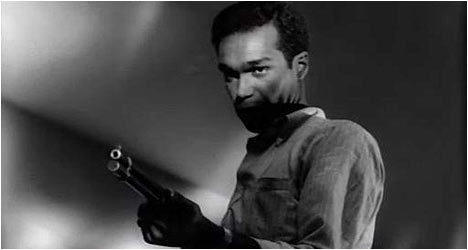
Like Duane Jones as Ben in NIGHT OF THE LIVING DEAD, Austin Stoker as Bishop isn’t a swaggering badass like John Shaft or Truck Turner — he’s just a good guy in an impossible situation, who proves to be the exact guy you want beside you in that situation. Of course, the ending of NIGHT OF THE LIVING DEAD makes Ben’s blackness a hauntingly important matter after all — but in ASSAULT ON PRECINCT 13, Bishop didn’t necessarily have to be played by a black actor. He could just as easily been played by Paul Newman, to name just one. Any other movie of the era would have gone that way.
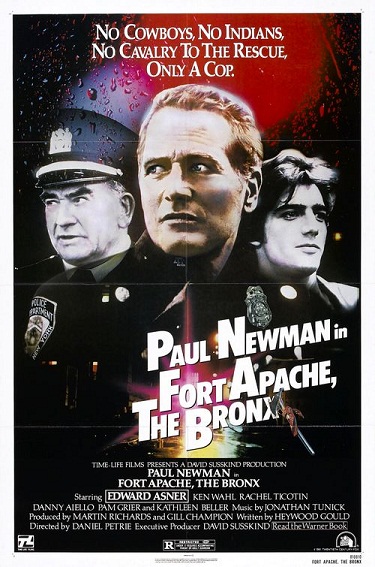
This is another reason I so greatly admire Carpenter’s films: He’s never been afraid of race, but it’s not a highly-politized issue to him. Some of the most charismatic, lovable, and heroic characters in his films are black, or Asian, or elderly, or female, and not necessarily for any great inclusive reason: His stories treat the people in them as people, not stereotypes or causes. This egalitarian, progressive spirit is laudable and refreshing, because of how terribly rare it is in American film, particularly in the horror and action genres within which Carpenter so often works.
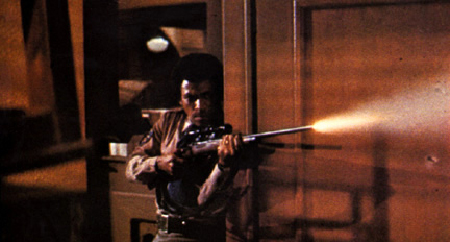
And again, the fact that ASSAULT ON PRECINCT 13 is an urban crime actioner with the set-up of a Western and the soul of a horror movie is what gives it such memorable friction. Beyond his considerable cinematic facility, his eye for casting and his mind for contemporary myth-making, Carpenter’s particular genius lies in how he melded his disparate and recognizable influences into such dynamic and eccentric genre films. ASSAULT ON PRECINCT 13 is a spooky city-Western. In addition to the widely-acknowledged inspiration of Hawks and Romero, Carpenter also incorporates a subtle Sergio Leone influence into his methodology — and I’m not merely discussing their mutual mastery of widescreen imagery.

At one point, one of the cons refers to himself as having “something to do with death”, which is a conspicuous nod to ONCE UPON A TIME IN THE WEST. I’m not just talking about superficial referencing — I’m talking about a thematic kinship. All you have to do is look at the ice cream truck scene, and its spiritual ancestor in a similar scene in ONCE UPON A TIME IN THE WEST: If Henry Fonda had never pulled that trigger, would ASSAULT ON PRECINCT 13 have been able to send poor Kim Richards to her fate?
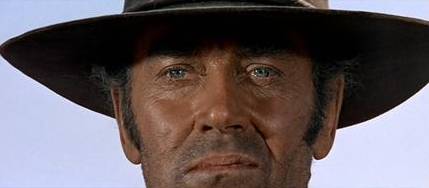
I think what draws me so loyally to the films of John Carpenter isn’t so different than what draws me to the films of Sergio Leone: They’re entertaining as all hell, quotable, musical, packed with indelible moments, but there’s also a fierce philosophy underlying all the quips and the fireworks. Life’s hard for almost everyone, and frequently unfair. But you keep your head down and you keep your chin up, paradoxically: You weather it all, and ideally you keep your sense of humor at all times.
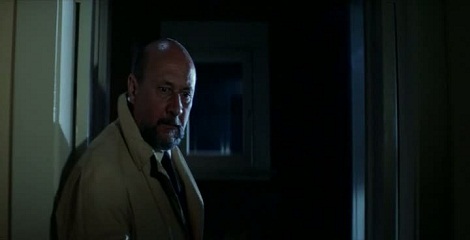
In the final reel, you could be Dr. Loomis, still and always looking around in the dark for Michael Myers. All you get in the end is the rapidly-cooling trail of the same demon you started out with.

You could be Snake Plissken, having gone to all that trouble for uncaring politicians. All you get in the end is one last laugh.
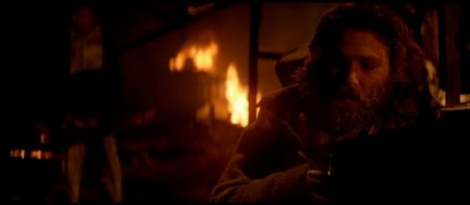
You could be MacReady and Childs, out in the cold by a dying fire. All you get in the end is a slug on a flask, and a whole lot of unanswered questions.
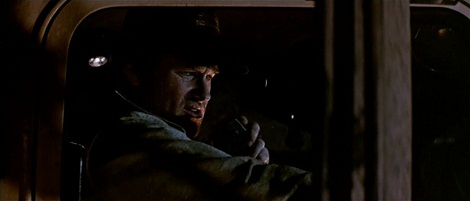
You could be Jack Burton, having had the brief thrill of celestial victory and slowly experiencing the comedown. All you get in the end is the open road (and a beast in the backseat).
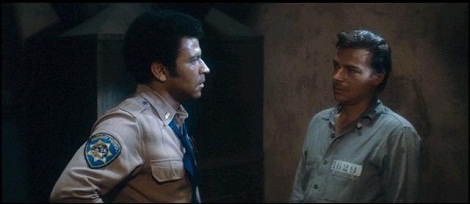
Or you could be Ethan Bishop and Napoleon Wilson, having survived the night only to go back to work, or back to prison. And in many cases, those fates are not dissimilar.
If there’s a unifying theme here, it’s impermanence and uncertainty, sure, but it’s also, most crucially, stoicism. Maybe you’ll win in the end and maybe you won’t. Because in the end, nobody exactly wins this game anyway. That’s something to do with death.
@jonnyabomb
- [THE BIG QUESTION] WHAT’S YOUR FAVORITE FEMALE ENSEMBLE IN MOVIES? - July 22, 2016
- [IN THEATERS NOW] THE BOY (2016) - January 24, 2016
- Cult Movie Mania Releases Lucio Fulci Limited Edition VHS Sets - January 5, 2016

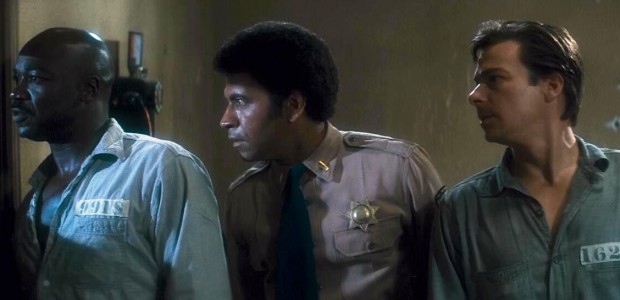




EXCELLENT write-up, sir!
That was a great review. I have never seen this movie but it is now in my queue.
Thanks